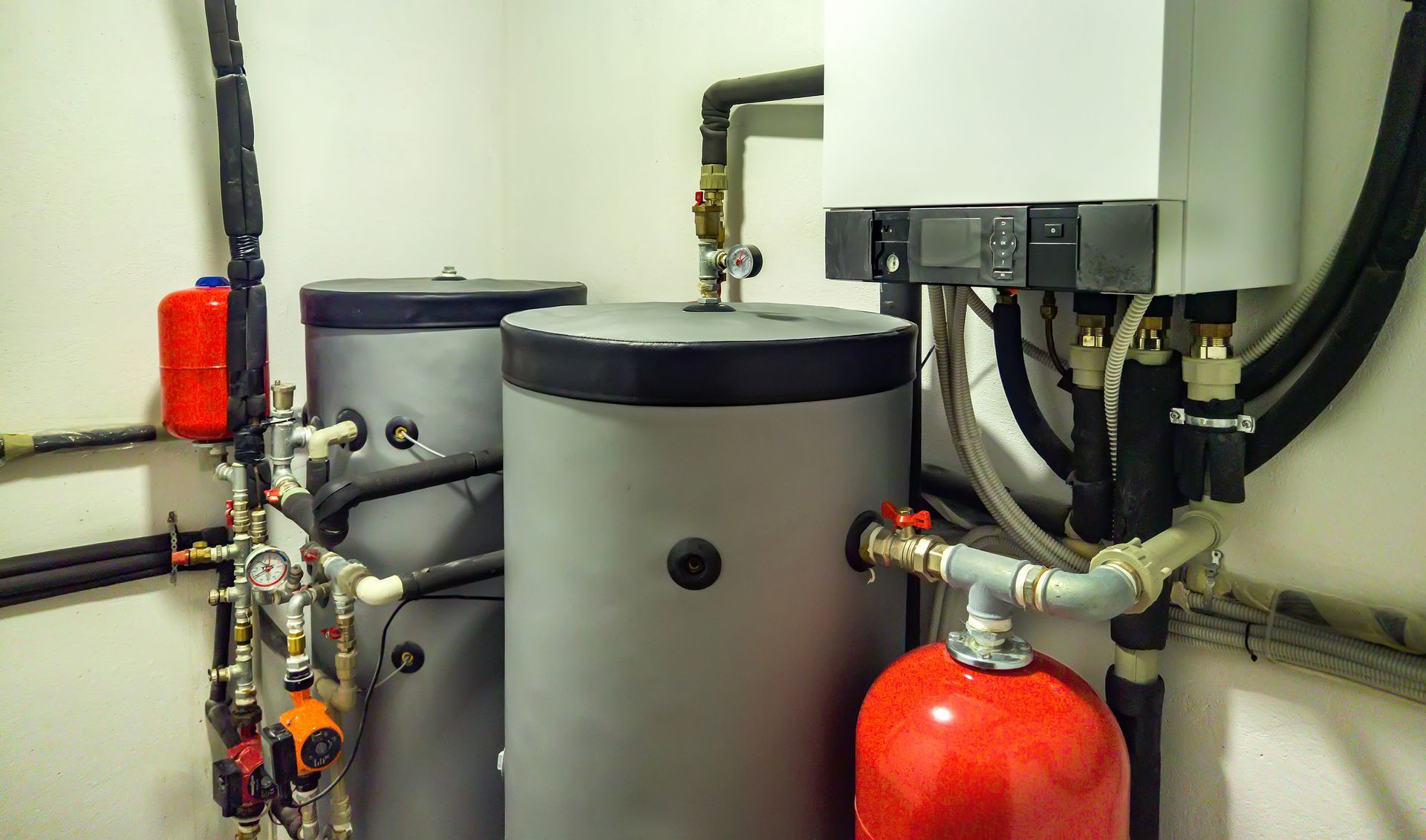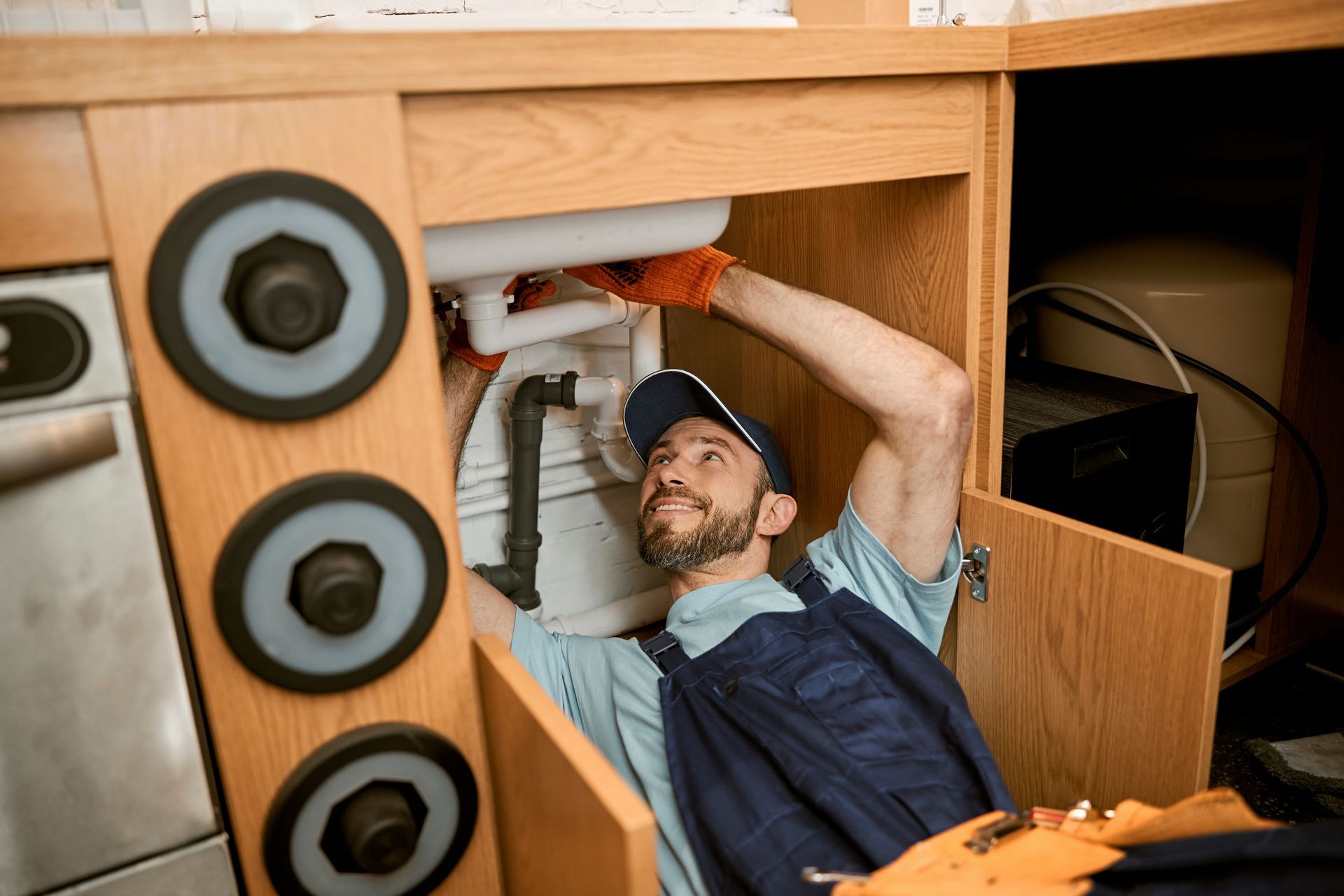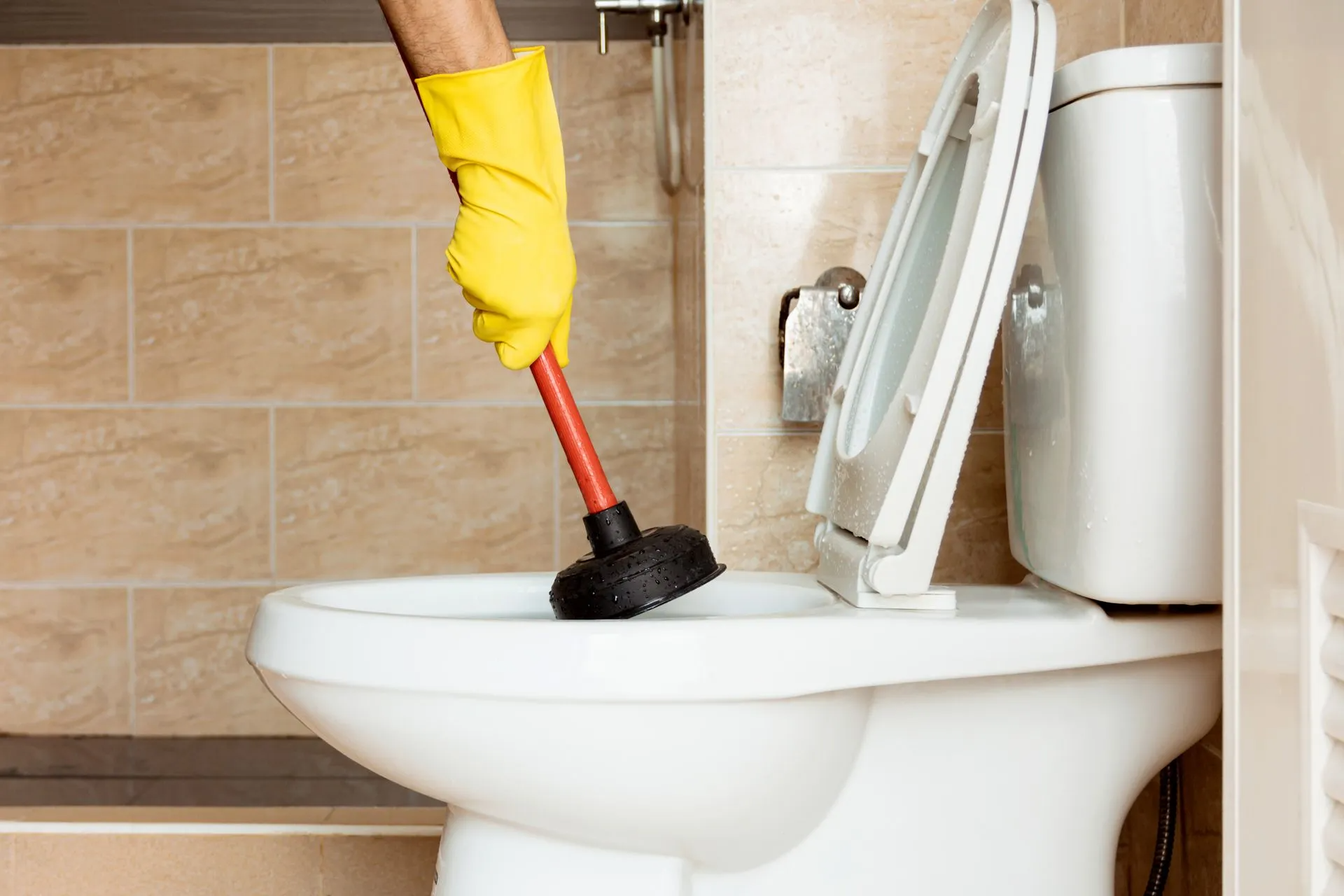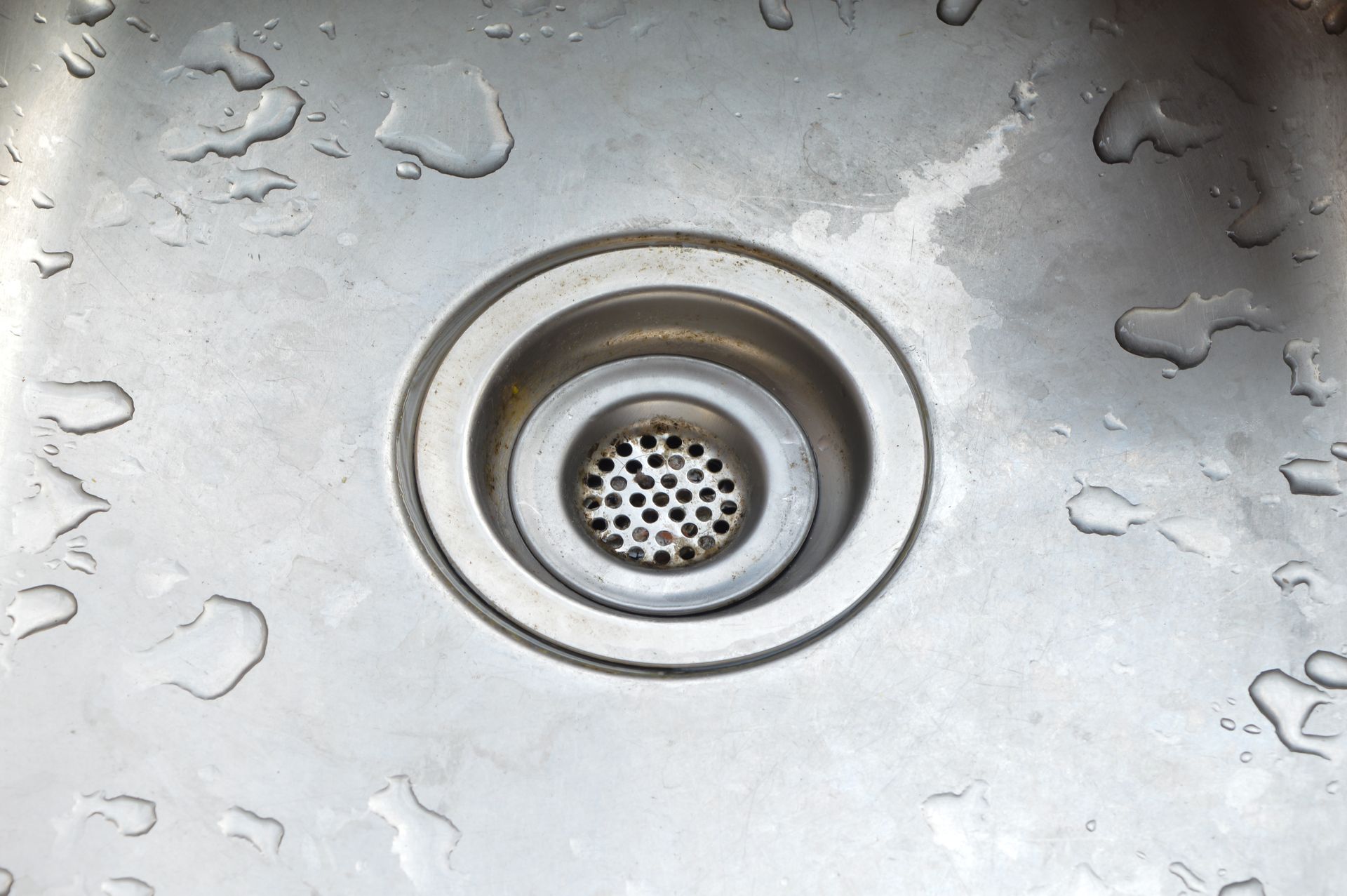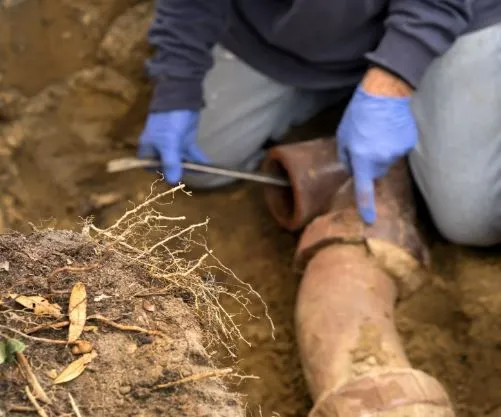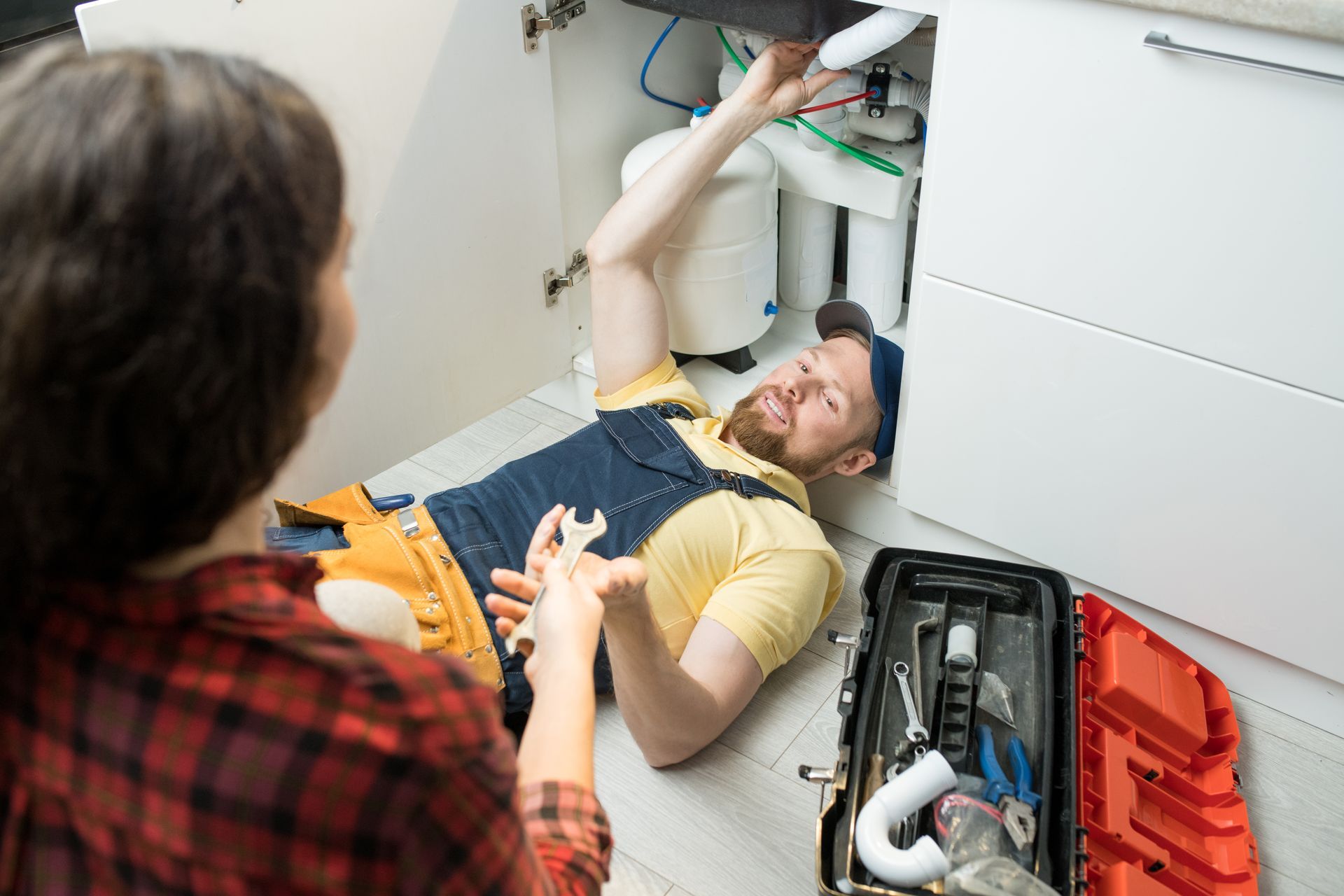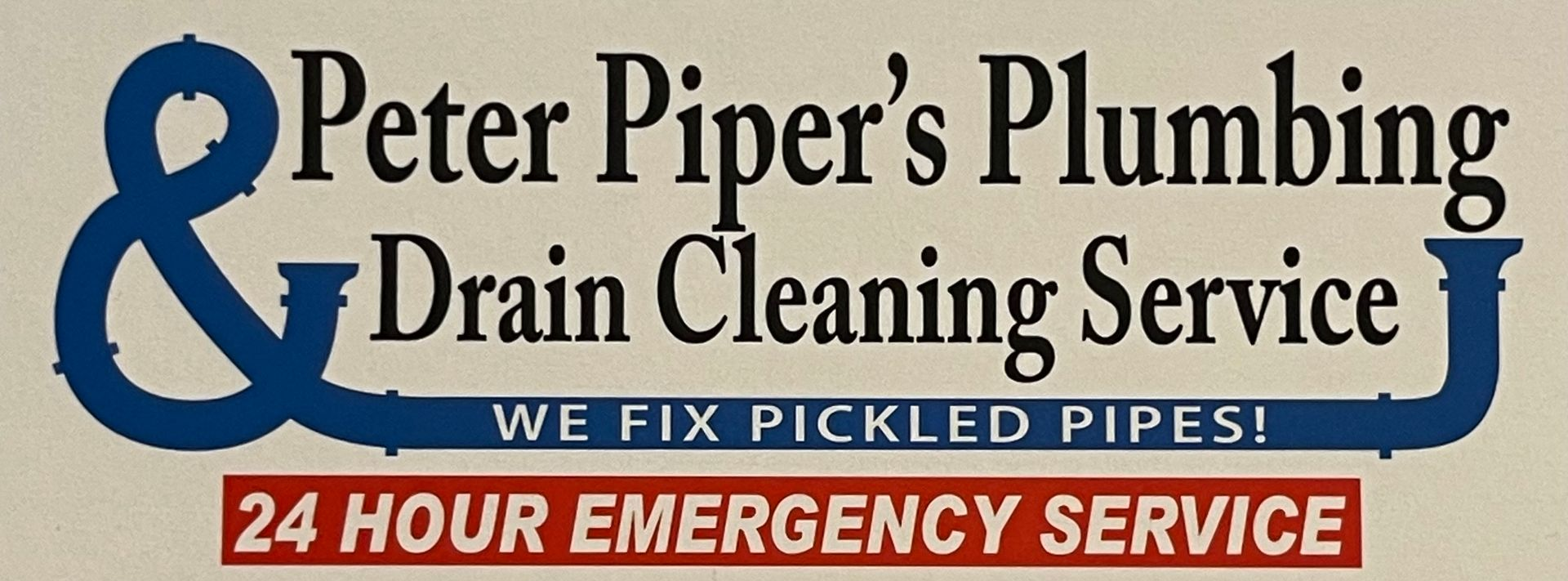As the name suggests, plumbing contractors use trenchless pipe repair to fix damaged sewer pipes without excavations. Trenchless pipe repair comes in various forms and has numerous benefits. Below is a brief overview of trenchless pipe repair.
Types
Trenchless pipe repair is the general term for pipe repairs that don't require contractors to dig out damaged pipes. However, the technology comes in different variations. Below are some common types of trenchless pipe repair.
Sliplining
The technician digs two holes - one for the pipe's insertion and the other for its exit. The contractor then inserts the lines, a plastic material, into the pipe tunnel. The damaged pipe remains in place. The plastic liner reduces the internal diameter of the pipe, effectively reducing the pipe's capacity.
Cured-in-place
Sliplining is the original technology for trenchless pipe repair. However, many people have replaced it with cured-in-place technology because it doesn't reduce the pipe's diameter.
For cured-in-place, the contractor first cleans debris inside the damaged pipe. The contractor then inserts a thin liner and inflates it until it fits the old pipe's shape. The last step is to seal the ends of the two materials.
Pipe Bursting
In pipe bursting, the contractor attaches the new pipe to a bursting head. The bursting head travels through the damaged pipe as it bursts it and gets it out of the way. The new run of pipe remains in place and takes the place of the old pipe. Thus, the technology doesn't reduce the sewer line's capacity. The contractor can even install a bigger pipe than the damaged one.
Benefits
Trenchless pipe repair has multiple benefits. Below are some of them.
Fast Repair
Trenchless pipe repair works faster than other forms of pipe repairs. The main reason is that the trenchless technology involves minimal digging. That means you will start to use your drainage system sooner than you would with alternative repairs.
Yard Preservation
Sewer repair methods that involve digging often mess up the yard. You might have to repair your landscaping or walkways once the pipe repair is over. That is not the case with trenchless repair, where most of the work takes place underground.
Few Interruptions
Any repair program that involves excavations can interrupt your household's daily life. For example, you might miss your gardening activities, and your kids might not play in the yard for some time if repair personnel have to dig the yard. The same is not true with trenchless pipe repair, where the contractor is only likely to dig the pipe's insertion and exit points.
Affordability
The above advantages also mean that trenchless pipe repair does not require as much investment as other forms of pipe repair. For example, how long a contractor spends on a job is usually a factor in labor charges. Thus, the fast execution time for trenchless pipe repair may afford you affordable labor charges.
Suitability
Before your plumber can advocate for the trenchless pipe repair, they must confirm that the technology is suitable for your damaged sewer line. Trenchless pipe repair might be suitable if:
- Corrosion has not extensively damaged your sewer system, and the plumber can clean away the corrosion.
- The existing pipe has suffered damage but has not collapsed yet.
- The damaged pipe is not extremely deep underground.
- The pipes have not suffered extreme damage that they require a total overhaul or replacement.
Otherwise, your plumber may advocate for alternatives to trenchless pipe repair.
Peter Piper's Plumbing & Drain Cleaning Service has over 30 years of experience in the plumbing industry. We offer trenchless pipe repair, among other drain or general plumbing technologies. Contact us for a quote on all your plumbing needs and benefit from our professional services.
